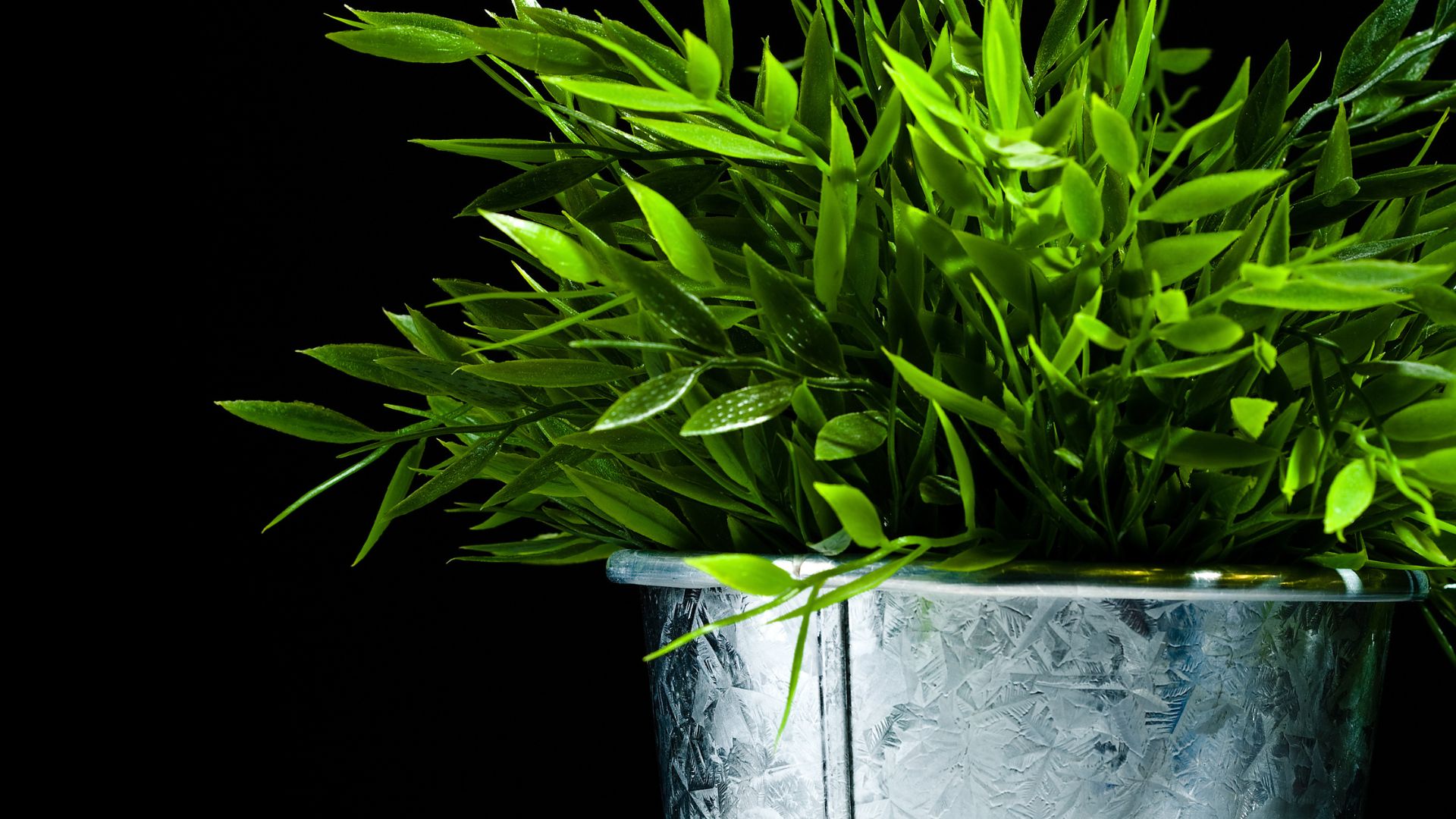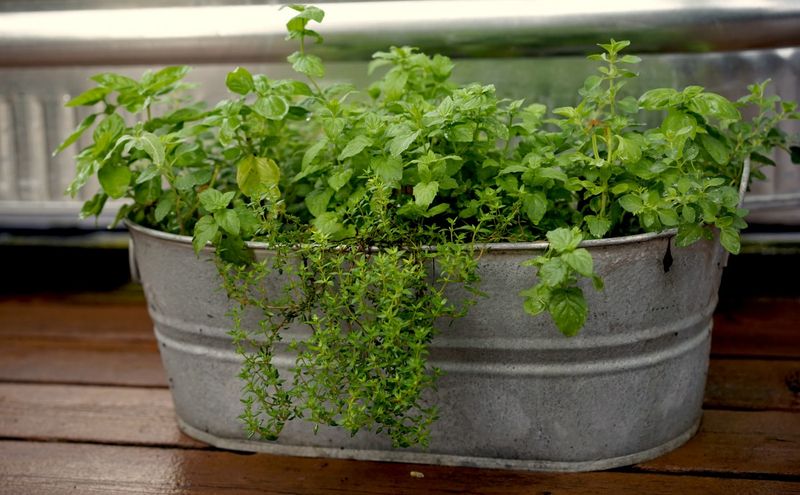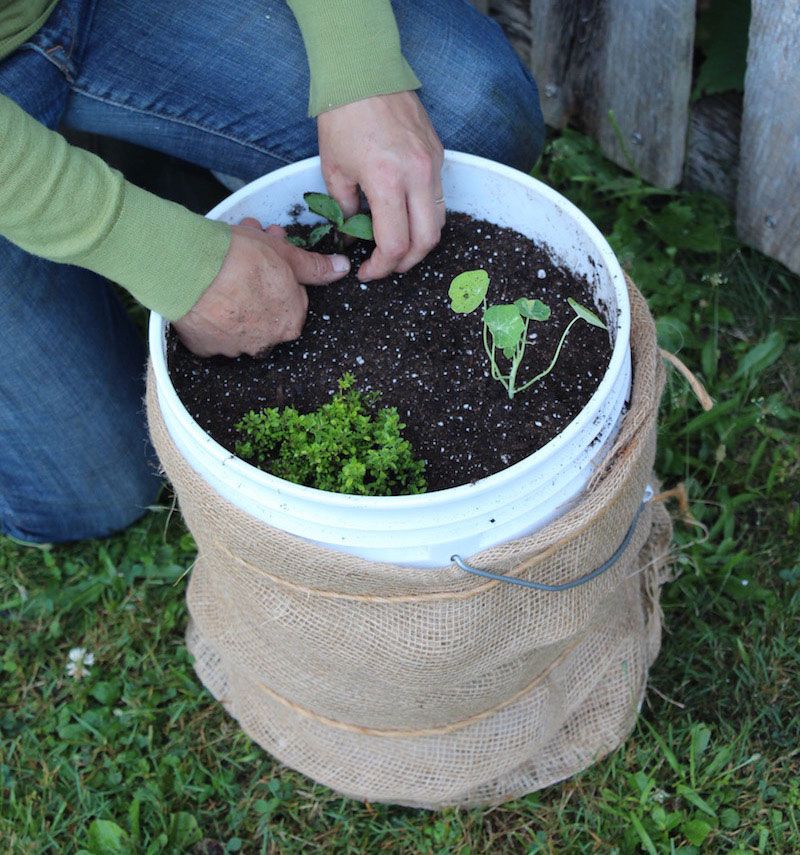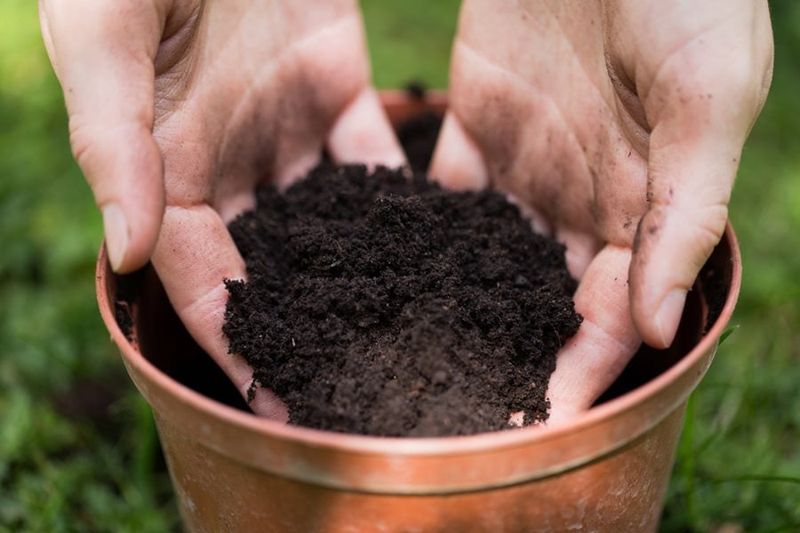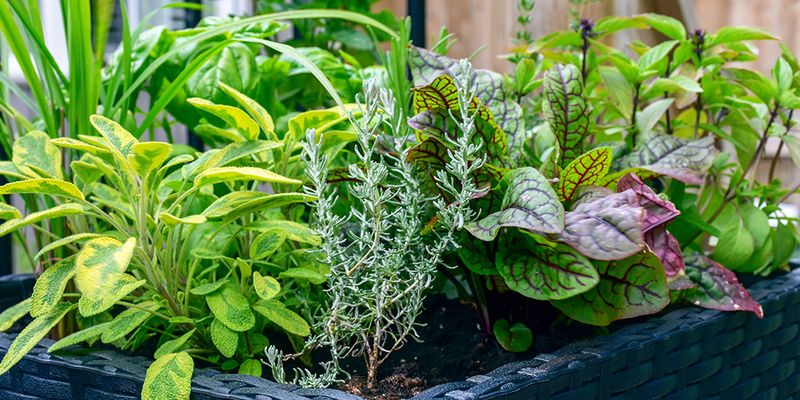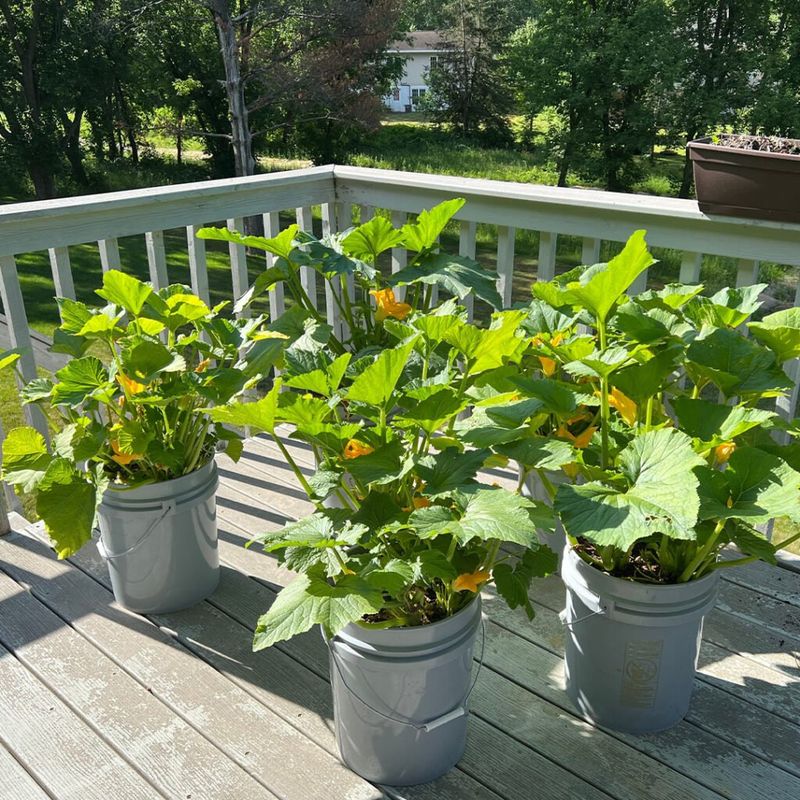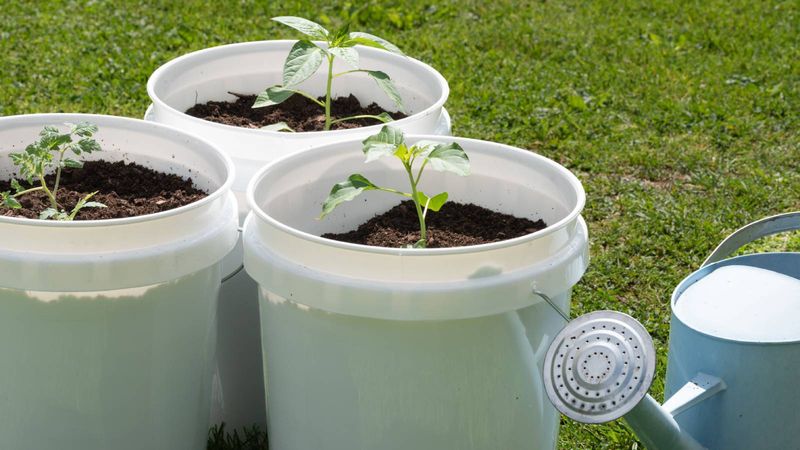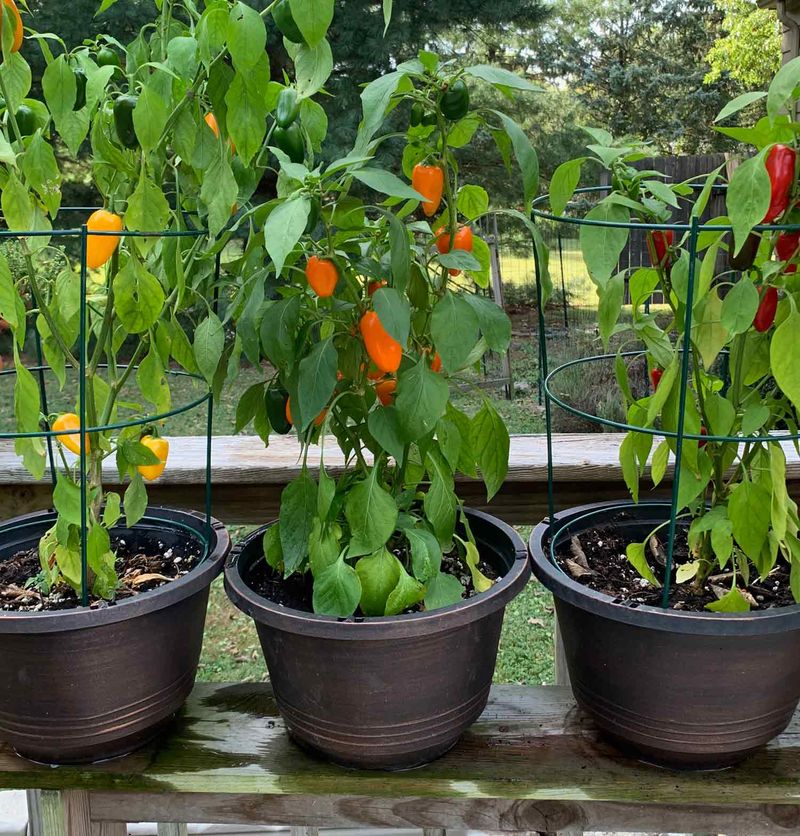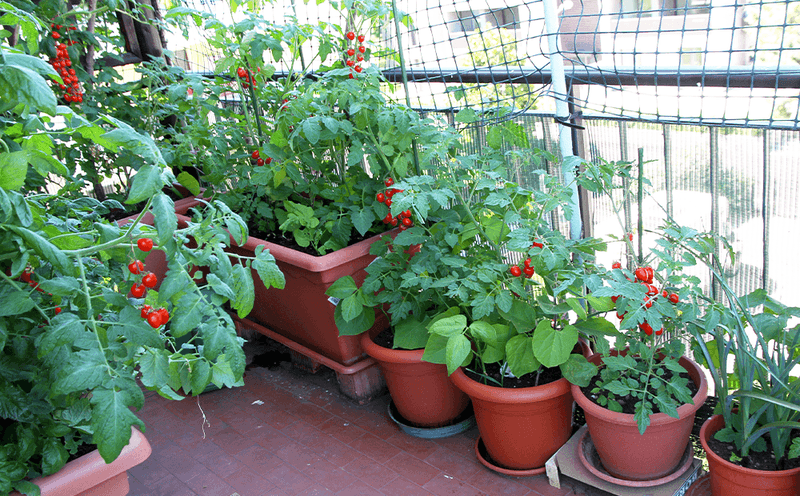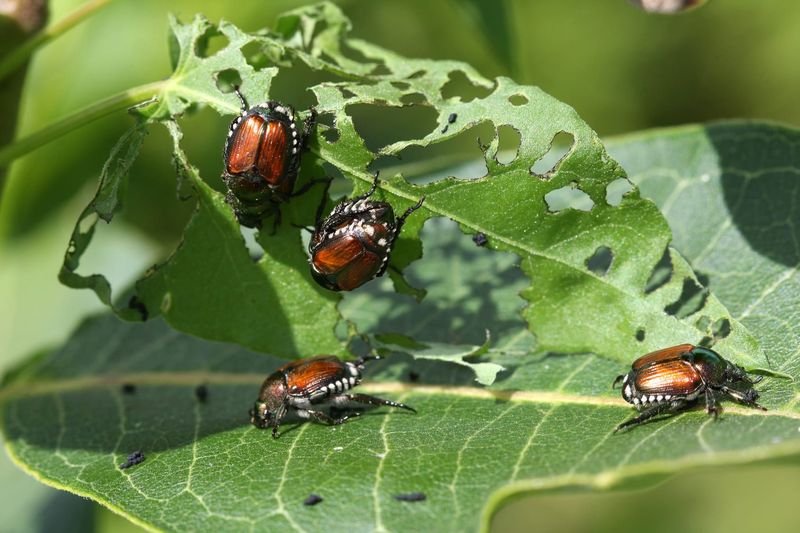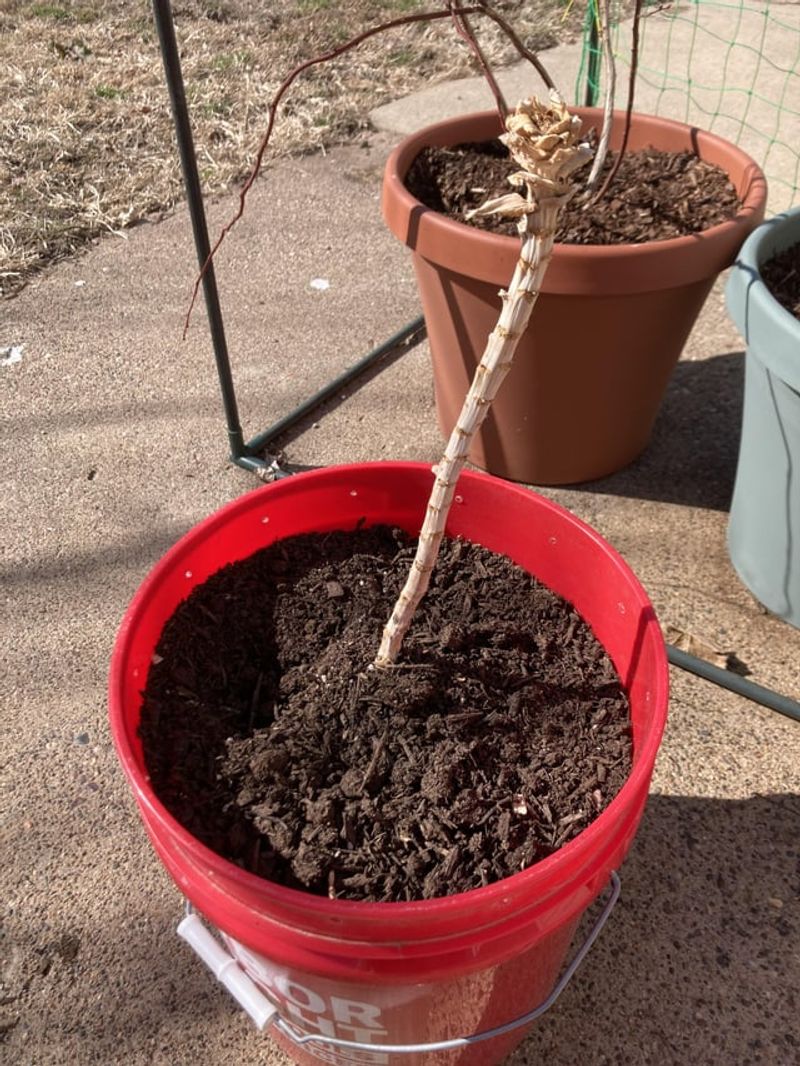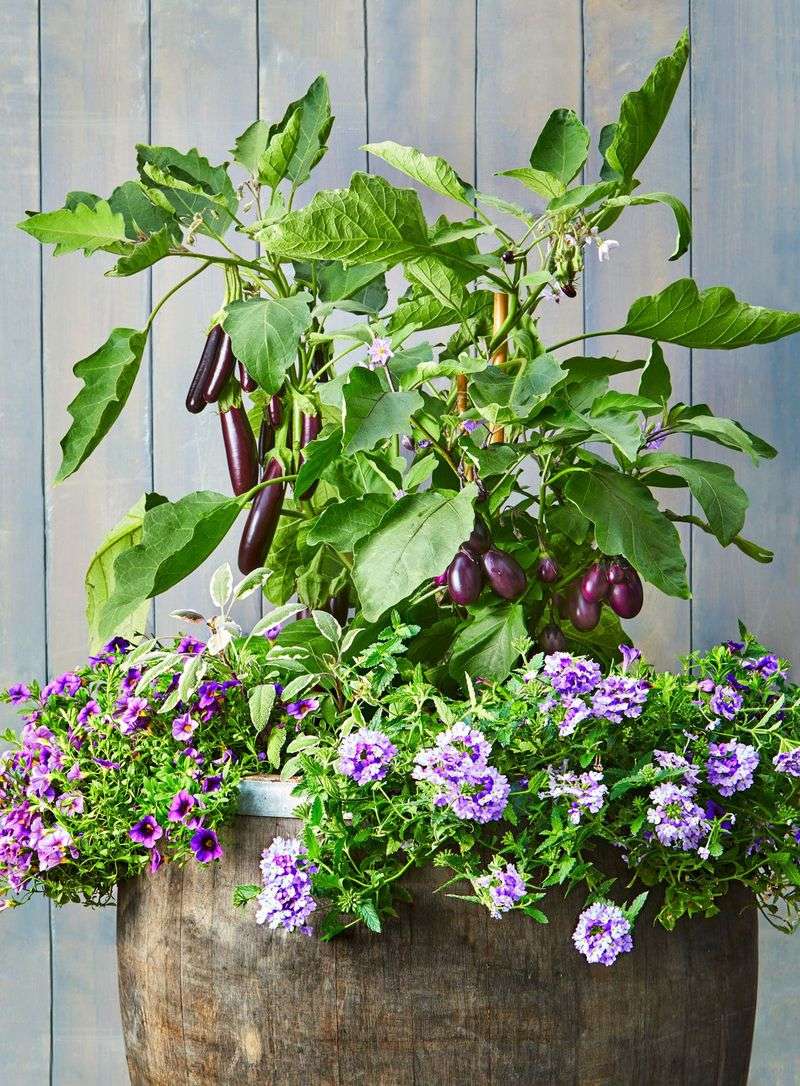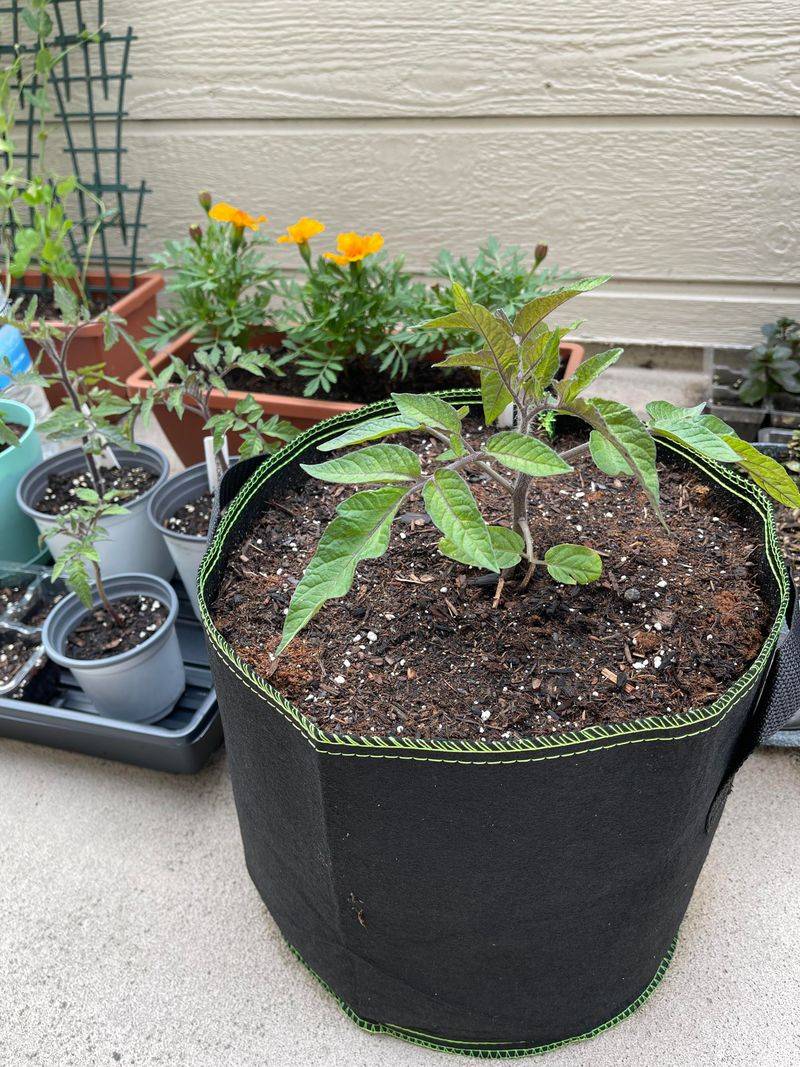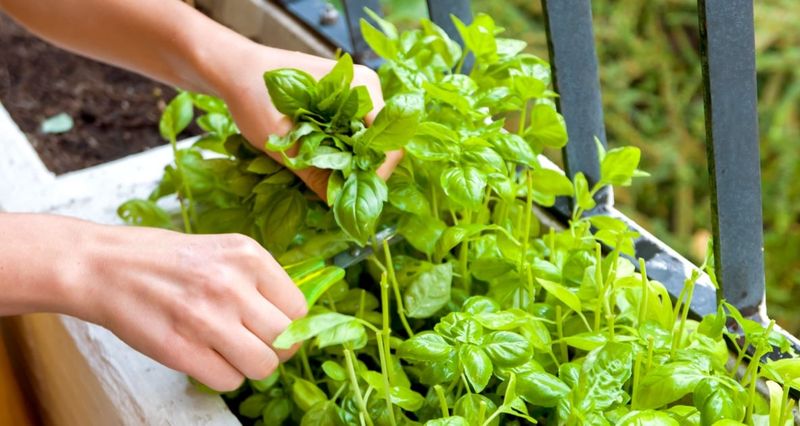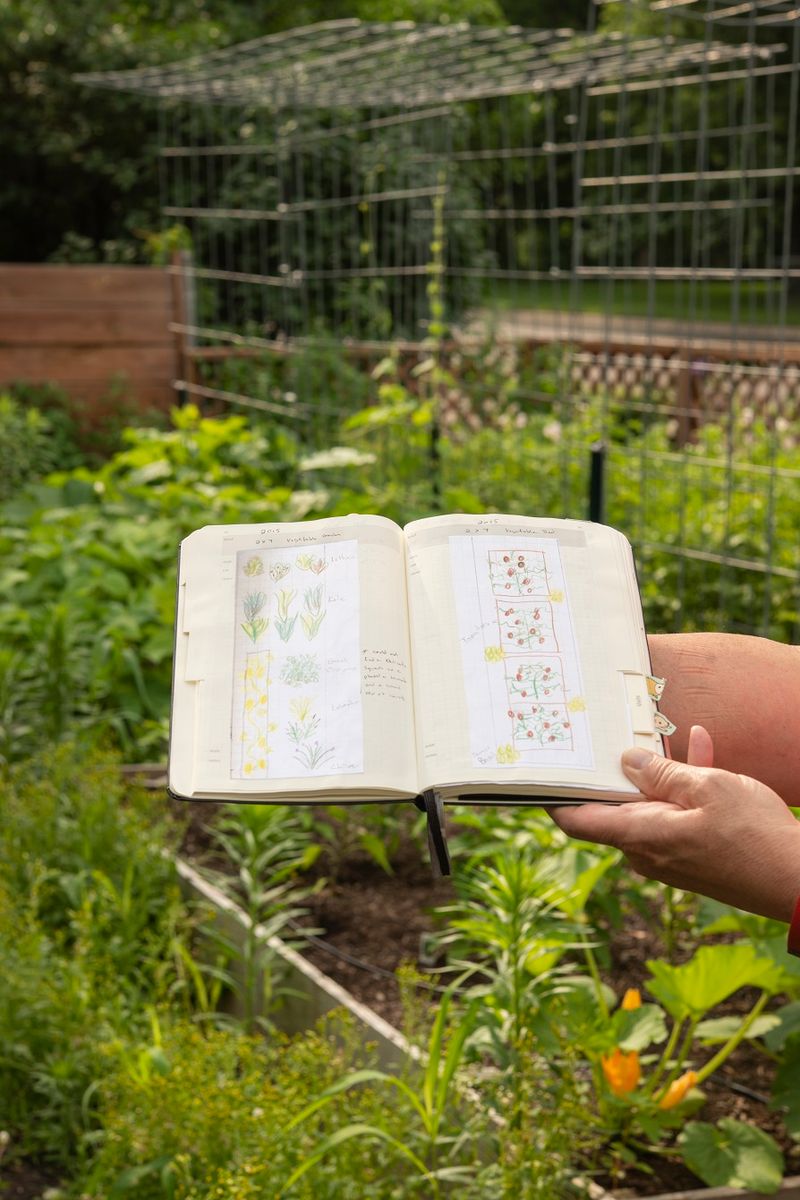You don’t need a big backyard to experience the satisfaction of growing your own plants. Honestly, a few buckets and a sunny spot are all it takes to start something beautiful. Bucket gardening is an easy, flexible way to get into gardening without getting overwhelmed.
Think of each bucket as its own little garden. And the best part? You’re in control of everything—from the soil to the drainage to how often you water.
I’ll share 15 simple but helpful tips to make your bucket gardening journey smooth and enjoyable. These are the kind of tips I wish someone had shared with me when I was first figuring it out. Ready to turn those humble containers into something amazing?
1. Choose The Right Bucket
Starting your bucket garden begins with selecting the right container. A five-gallon bucket is often ideal as it provides ample space for roots to grow. Choose food-grade plastic to ensure safety, especially if you’re growing edibles.
Buckets should be sturdy and well-balanced to prevent tipping. Consider adding a touch of paint or decoration to make them visually appealing for your space.
Reusing old buckets is not only cost-effective but also environmentally friendly, making it a smart start to your gardening journey.
2. Ensure Proper Drainage
Without adequate drainage, plants can suffer from waterlogged roots, hindering growth. Use a drill to create several holes at the bottom of your bucket to allow excess water to escape.
If you’re concerned about soil loss, a layer of gravel or small stones can be added at the bottom. This simple step helps maintain the right moisture level for healthy plant growth.
Remember, consistent drainage is essential to prevent root rot and keep your plants thriving.
3. Use Quality Potting Mix
The success of your bucket garden largely depends on the soil. Opt for a high-quality potting mix, as it’s designed to retain moisture and provide essential nutrients.
Mix in some organic matter like compost or well-decomposed manure to enrich the soil further. This blend ensures that your plants receive the nourishment they need to flourish.
Avoid using garden soil, which can compact easily and hinder root growth.
4. Select The Right Plants
Choosing the right plants is key to a thriving bucket garden. Look for dwarf or compact varieties that are well-suited for small spaces.
Herbs like basil, thyme, and parsley, as well as vegetables like cherry tomatoes and lettuce, are excellent choices. These plants adapt well to confined environments and can produce satisfying yields.
Research each plant’s specific needs to tailor your care approach and maximize growth potential.
5. Optimize Sunlight Exposure
Sunlight is vital for plant growth, and positioning your buckets is crucial for maximizing exposure. Most plants need at least six hours of sunlight daily, so place your buckets in sunny spots.
If outdoors isn’t an option, consider grow lights as a supplement for indoor spaces.
Regularly rotate your buckets to ensure even light distribution, helping plants grow evenly and preventing one-sided growth.
6. Water Wisely
Watering is an essential part of gardening, but too much or too little can harm plants. Check moisture levels regularly by inserting a finger into the soil.
Water when the top inch feels dry, ensuring even distribution around the plant. Use a watering can with a narrow spout for precise application.
Consider the season and weather, adjusting your watering schedule to prevent over-saturation or dehydration.
7. Employ Vertical Space
In small spaces, vertical gardening can be a game-changer. Utilize walls, fences, or specially designed structures to stack or hang buckets.
This approach not only increases your growing area but also adds an attractive layer of greenery to your space.
By thinking vertically, you can grow more plants without overcrowding, making effective use of every inch available.
8. Take Advantage Of Mobility
One of the greatest advantages of bucket gardening is mobility. Unlike traditional gardens, buckets can be easily moved to chase the sun or avoid harsh weather.
If a plant isn’t thriving in its current location, a quick relocation can make a significant difference.
This flexibility allows you to experiment with different spots to find the optimal conditions for each plant.
9. Prevent Overcrowding
While it might be tempting to plant as much as possible, overcrowding can stunt growth and increase disease risk. Give each plant enough room to grow by spacing seeds or seedlings appropriately.
Refer to seed packets or plant labels for exact spacing recommendations.
Healthy spacing not only improves air circulation but also ensures plants have access to the nutrients and light they need to thrive.
10. Monitor For Pests
Pests can quickly become a problem in bucket gardens, just as they can in larger spaces. Regularly inspect plants for signs of insects or disease.
Natural solutions like neem oil or insecticidal soap can effectively manage common pests without harsh chemicals.
By staying vigilant, you can catch issues early and prevent them from spreading, keeping your plants healthy and productive.
11. Rotate Crops
To maintain soil health and productivity, practice crop rotation in your bucket garden. This involves changing the plant types in each bucket with new growing seasons.
Rotating crops helps prevent nutrient depletion and disrupts pest cycles, leading to healthier plants.
Plan your rotations based on plant families to maximize the benefits from this sustainable gardening technique.
12. Use Companion Planting
Companion planting is a clever way to boost productivity and deter pests. By growing certain plants together, you can enhance growth and flavor while minimizing pests.
For instance, planting basil near tomatoes is believed to improve their flavor and repel certain insects.
Experiment with different combinations to find what works best for your garden, taking advantage of natural plant relationships.
13. Fertilize Regularly
Regular fertilization is vital to replenish nutrients in your bucket garden. Use organic fertilizers to provide a steady supply of essential nutrients.
Incorporate slow-release granules or liquid feeds according to the needs of each plant species.
By keeping the soil nutrient-rich, you ensure vigorous growth and bountiful harvests, making the most of your small gardening space.
14. Harvest Smartly
Harvesting at the right time is crucial for taste and plant health. Pick vegetables and herbs when they are young and tender for the best flavor.
Regular harvesting encourages continued production, allowing you to enjoy fresh produce over extended periods.
Know the signs of readiness for each plant type to make informed harvesting decisions, maximizing your garden’s output.
15. Keep A Garden Journal
Documenting your gardening journey can offer valuable insights. Keep track of what you plant, when you water, and any challenges or successes.
A garden journal helps you identify patterns and make improvements for future growing seasons.
This practice not only enhances your gardening skills but also allows you to enjoy reflecting on your progress and achievements.

